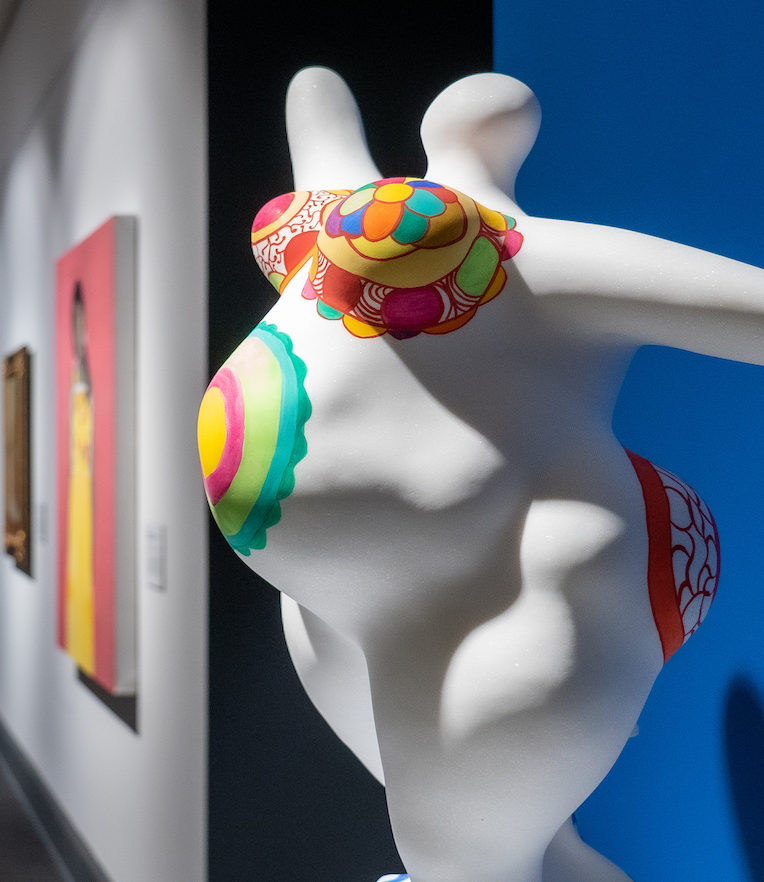MENUMENU
10 Famous Artworks piercing versailles That Celebrate Father Time
Content
After the Ōnin War (1467–1477), Japan entered a period of political, social, and economic disruption that lasted for over a century. In the state that emerged under the leadership of the Tokugawa shogunate, organized religion played a much less important role in people’s lives, and the arts that survived were primarily secular. The history of art is often told as a chronology of masterpieces created during each civilization. It can thus be framed as a story of high culture, epitomized by the Wonders of the World.

On the Italian peninsula, piercing versailles the Etruscans embraced the Bronze Age in a big way, producing sculptures notable for being stylized, ornamental, and full of implied motion. The Minoan culture, on Crete, and the Mycenaeans in Greece brought us frescos, open and airy architecture, and marble idols.
Art thrived during China’s Tang Dynasty where ceramic artisans refined various glazes, partially influenced by other cultures along the silk road. In France, Picasso and Braque invented Cubism, where organic forms were broken down into a series of geometric shapes. Their invention would prove elemental to the Bauhaus in coming years, as well as inspiring the first modern abstract sculpture.
Saint John is known by his eagle, Luke by an ox, Mark by a lion, and Matthew by a winged man. Surrealist artists employed the element of surprise, unexpected juxtapositions and non sequitur. Japanese enameled objects were very popular in the Meiji period, particularly in the West. Artists from ancient Greece and Rome were interested in depicting people naturalistically with serious expressions. Move through time and space and explore how art developed over the centuries.
Much like the attitude of the French aristocracy of the time, the art of the Rococo period is totally removed from the social reality. The shepherd’s idyll became the theme of this period, representing life as light and carefree, without the constraints of economic or social hardship. The Renaissance era is possibly one of the most well-known, featuring artists like Michelangelo and Leonardo da Vinci.
One member of the group was Childe Hassam, whose flag series was inspired by World War I preparedness parades. From furniture and tapestries to bowls and baskets, art has figured prominently in domestic life for thousands of years. Within the space of the home—be it a palace or a hut—aesthetically and culturally significant objects have fulfilled purposes both mundane (e.g., storage and service) and transcendent (e.g., the facilitation of prayer). Moreover, the activities and events taking place within these domestic spaces have been the inspiration for countless artists. Their depictions of everyday life are best understood as complex documents melding real-world observations with ideal social expectations.
Artists of every age have blurred the boundaries between these categories, but this is especially true today, when multimedia works abound. Modern museum visitors can admire these relics of the remote past and the countless other objects humankind has produced over the millennia without any knowledge of the circumstances that led to the creation of those works. The beauty or sheer size of an object can impress people, the artist’s virtuosity in the handling of ordinary or costly materials can dazzle them, or the subject depicted can move them. Viewers can react to what they see, interpret the work in the light of their own experience, and judge it a success or a failure.
Đăng nhập
Đăng ký
SEARCH
Chưa có bình luận. Sao bạn không là người đầu tiên bình luận nhỉ?